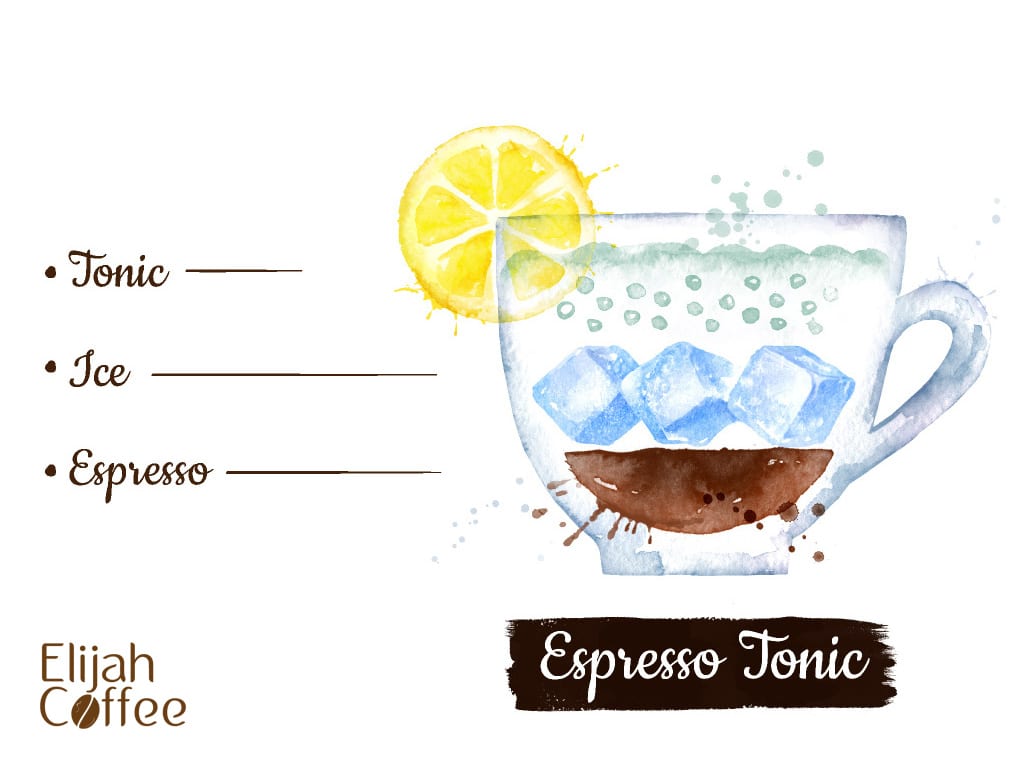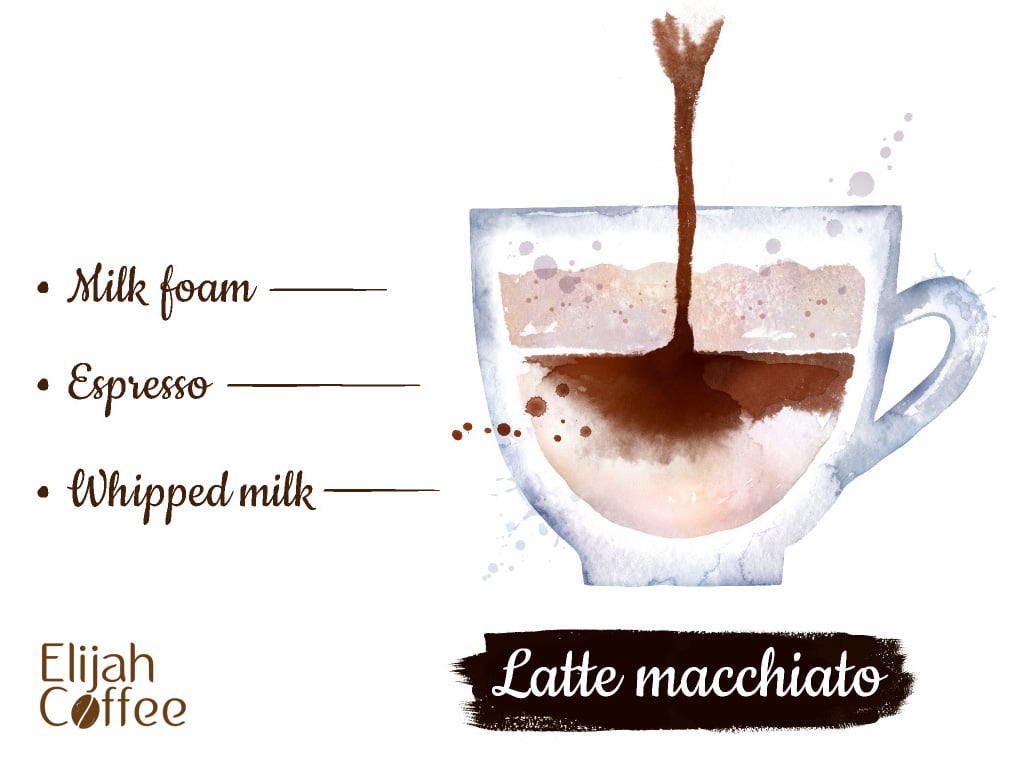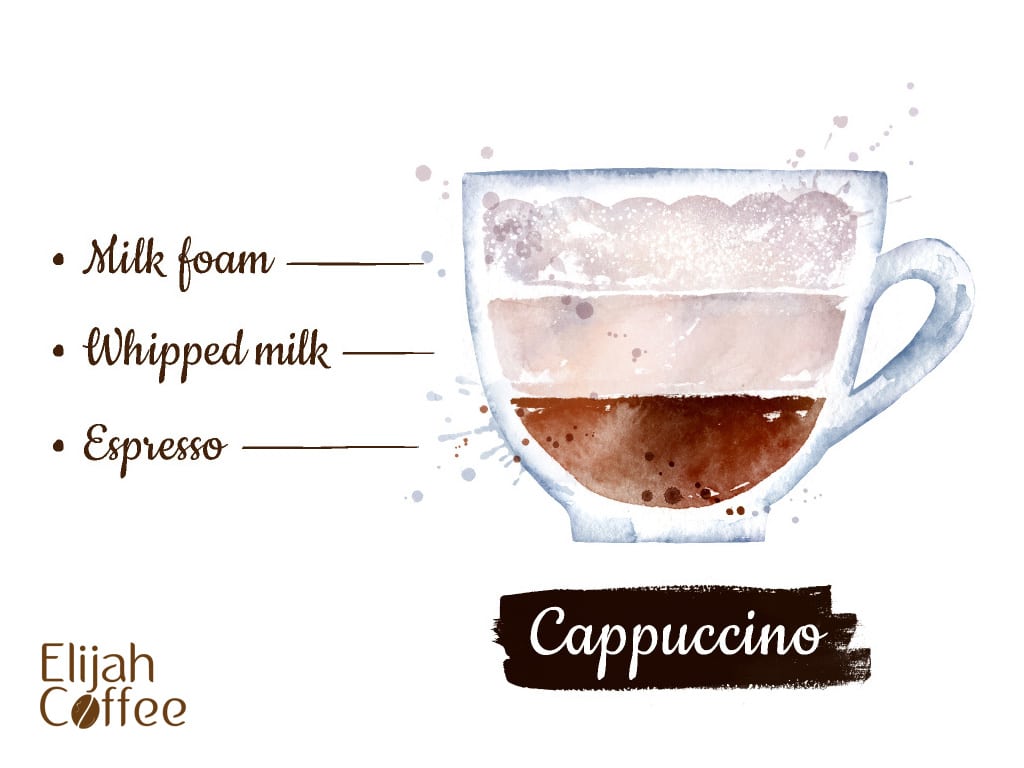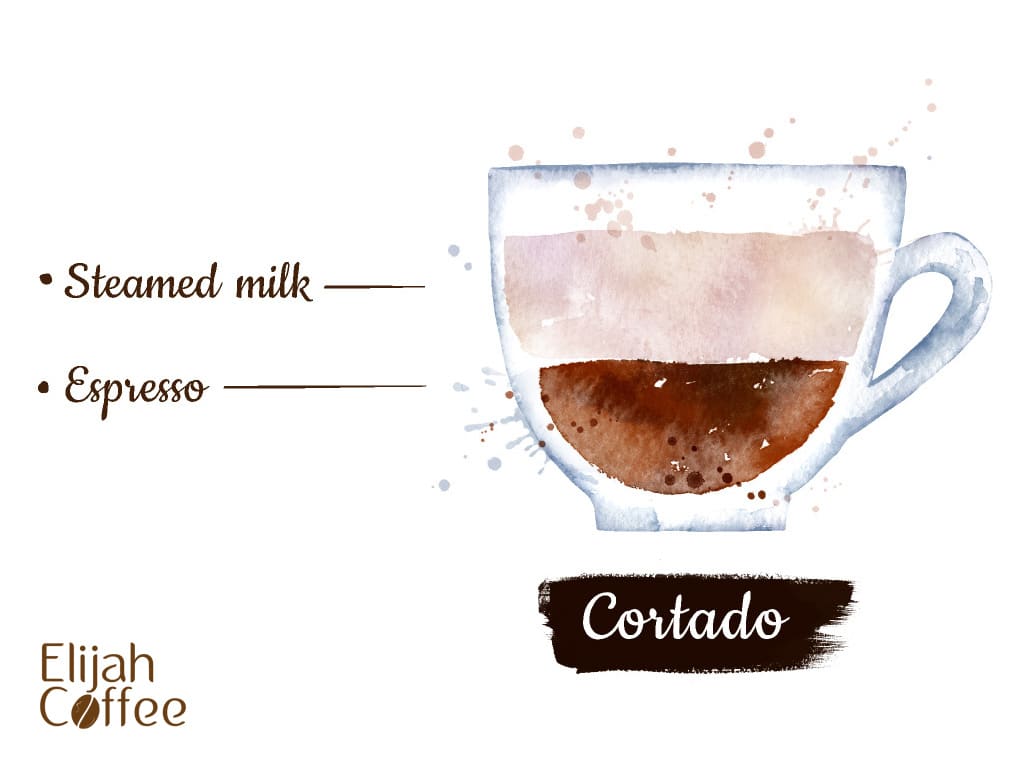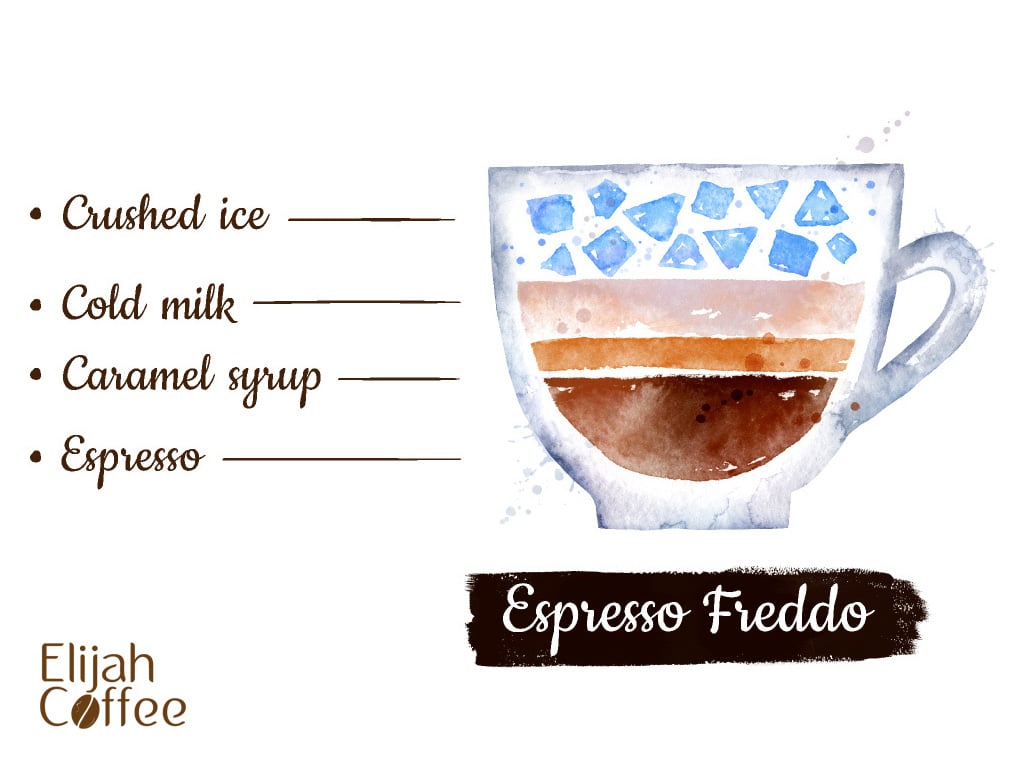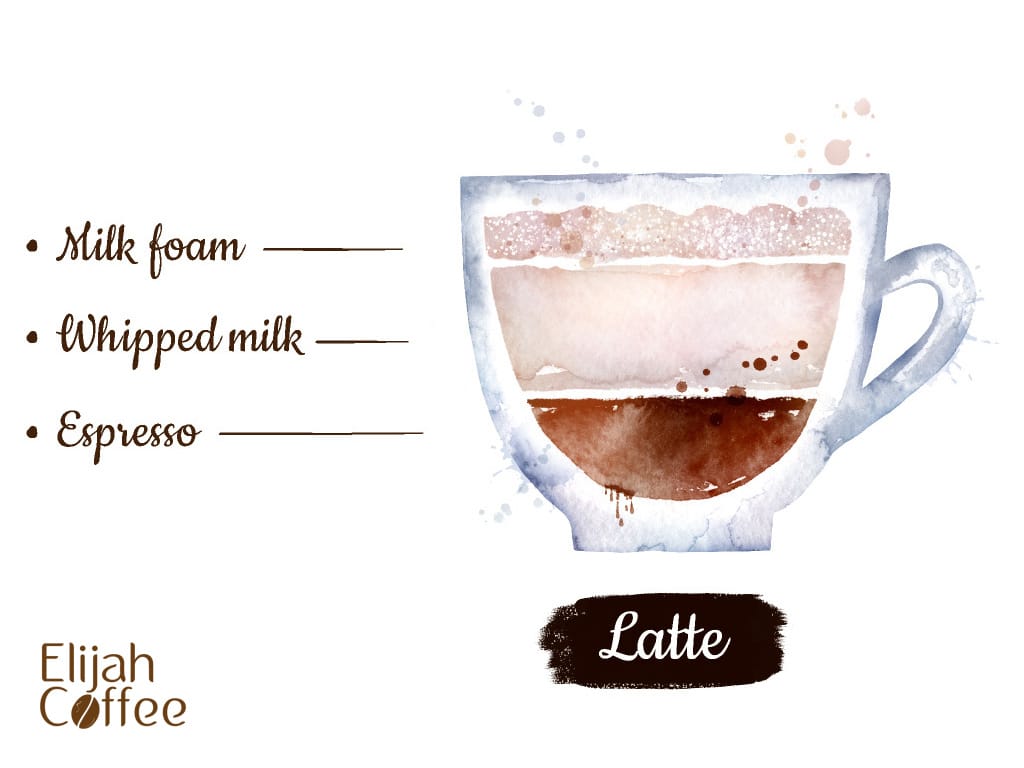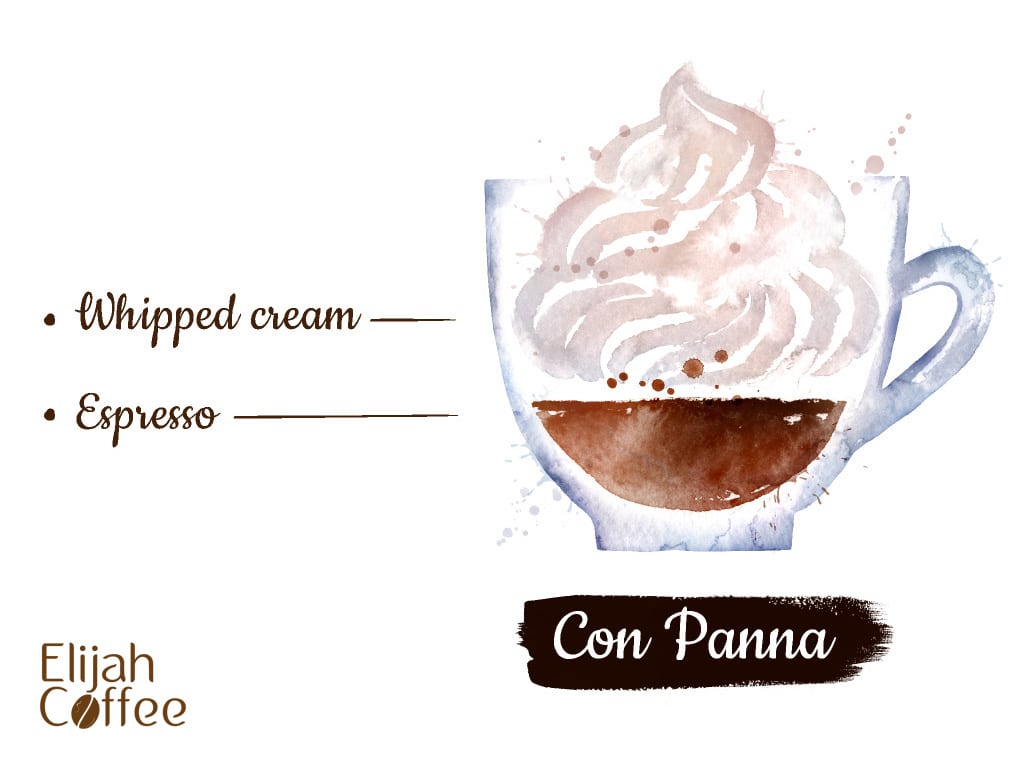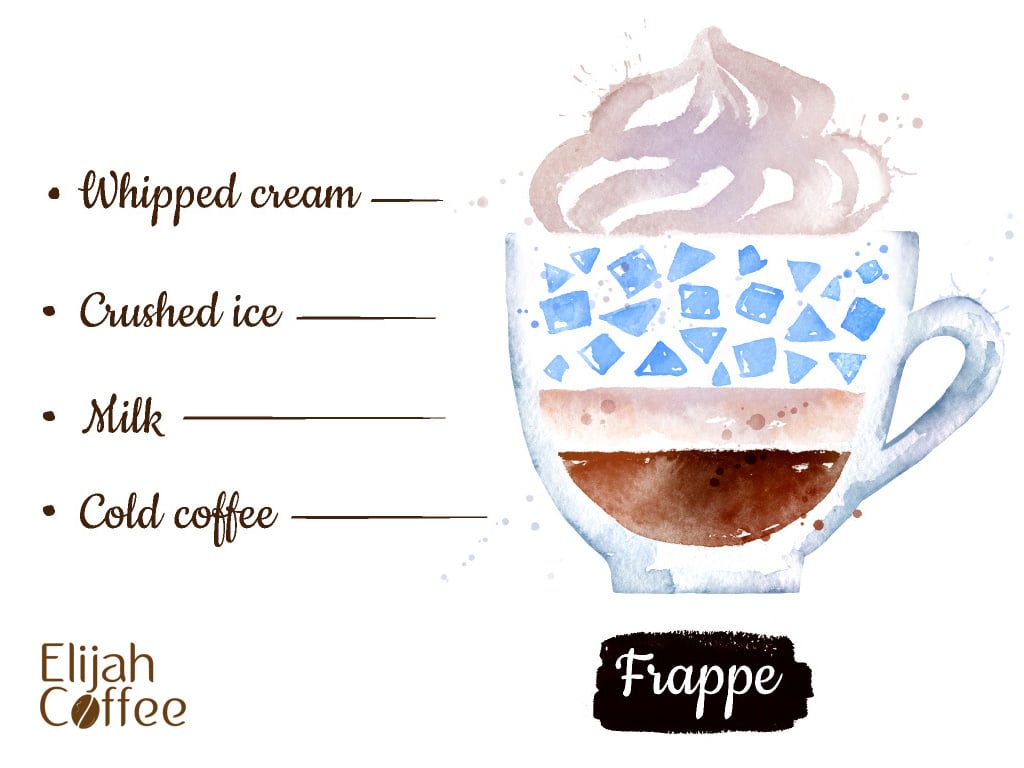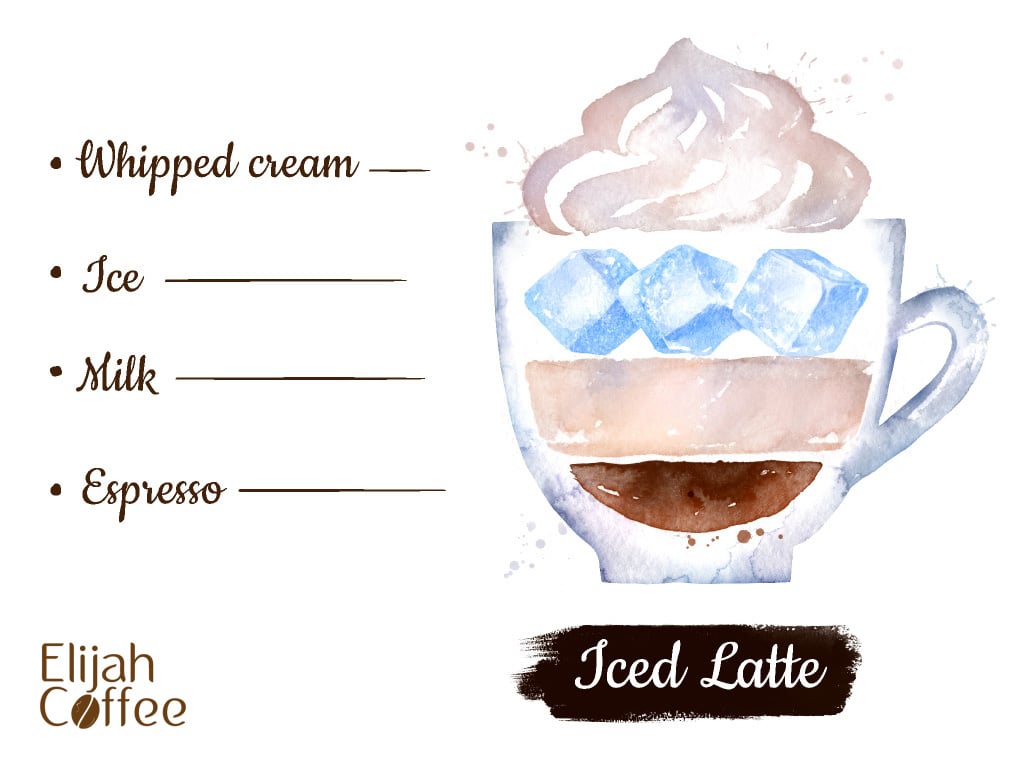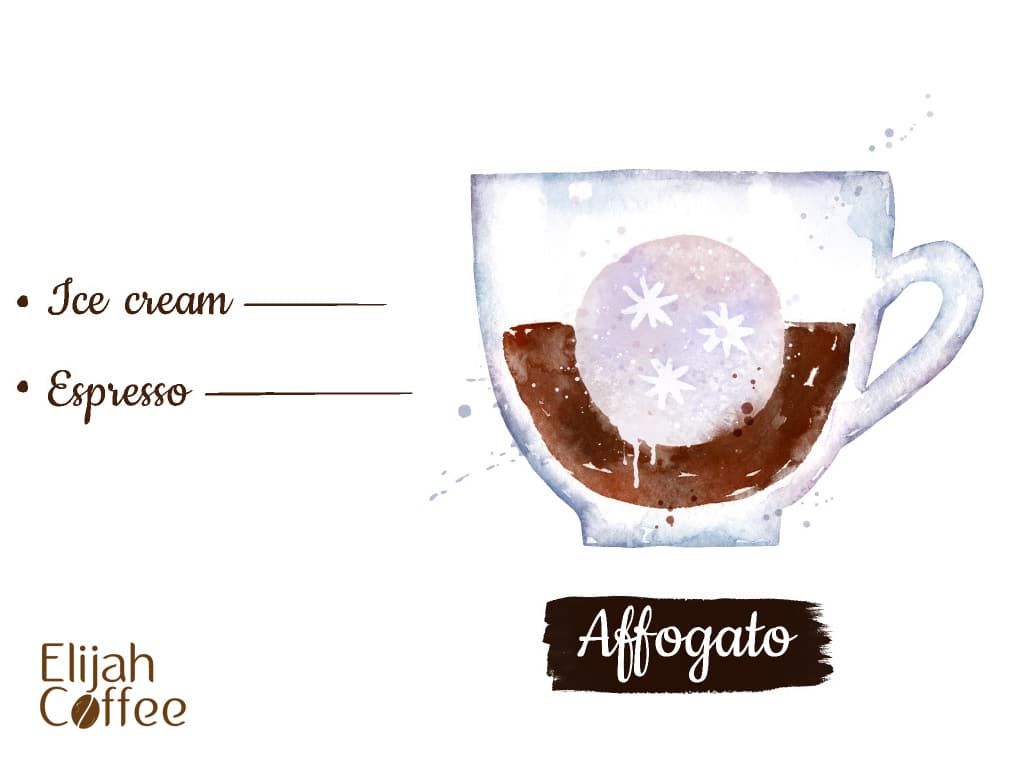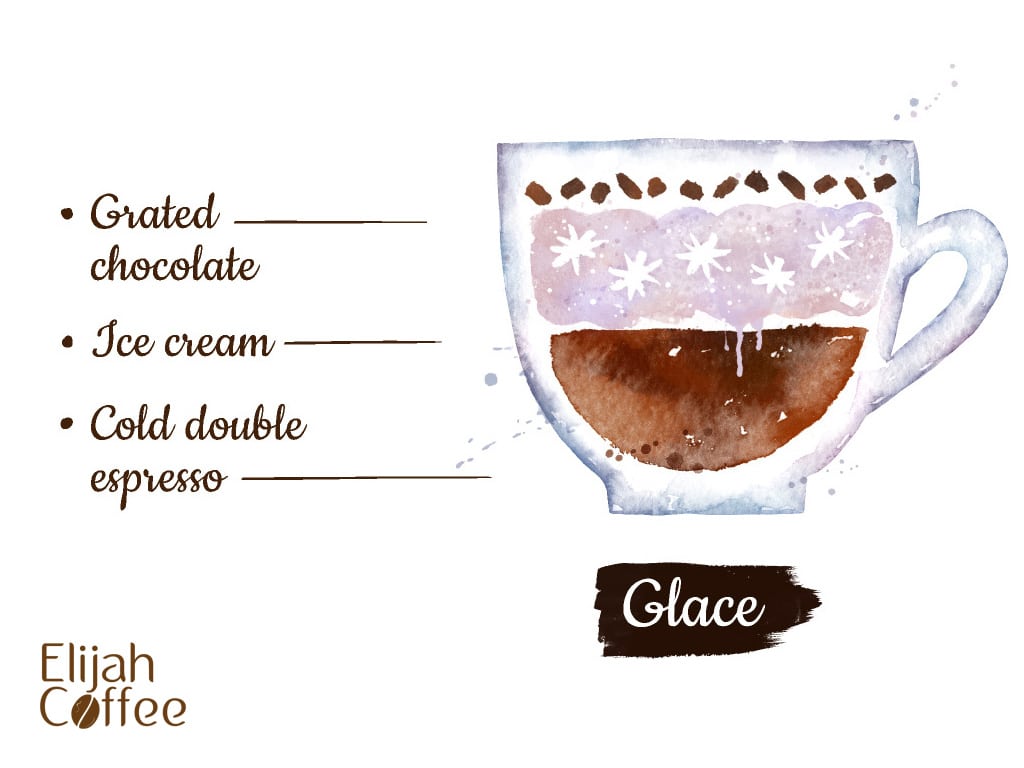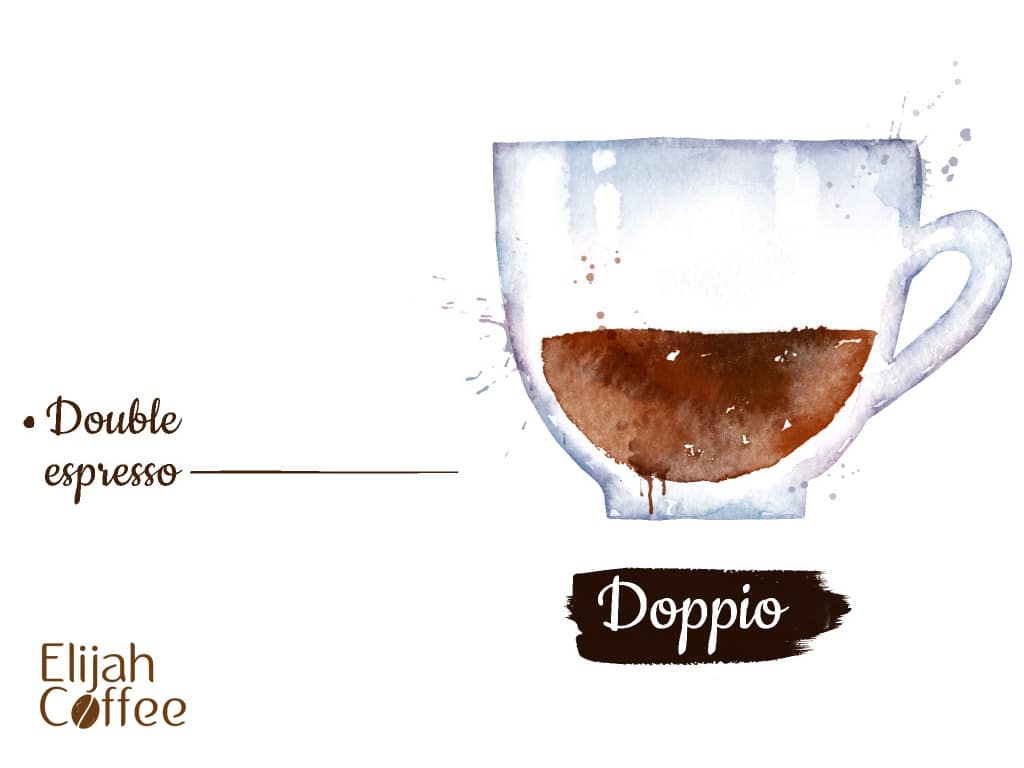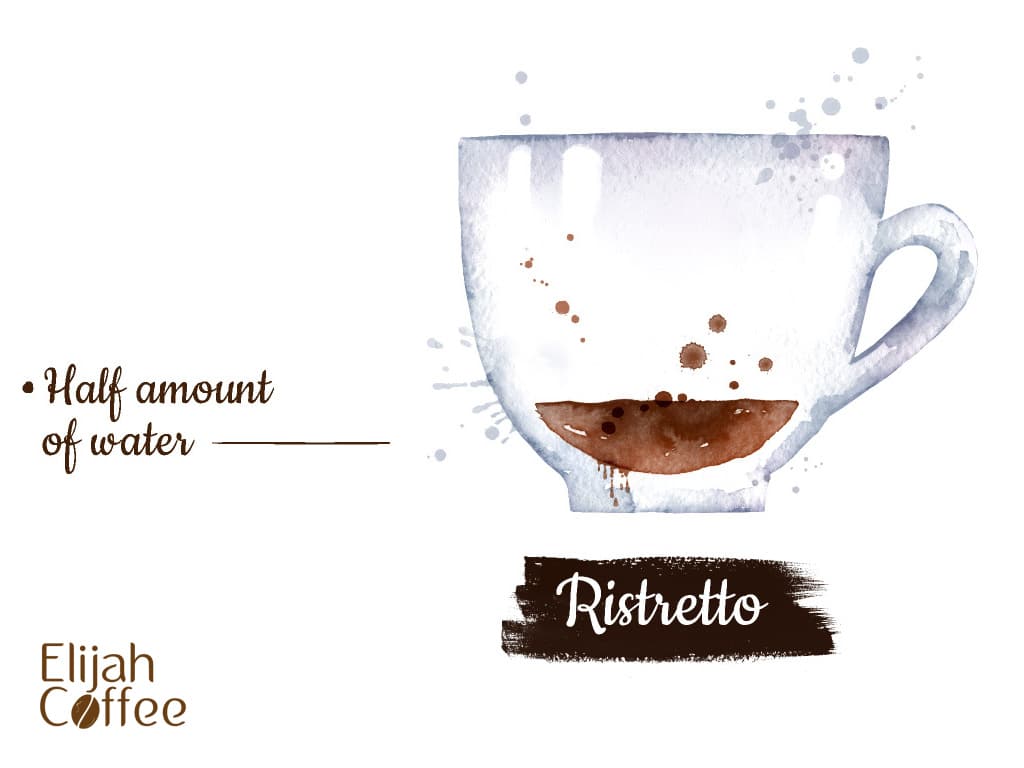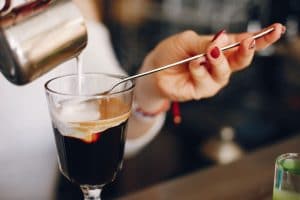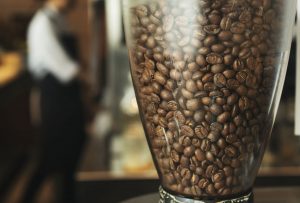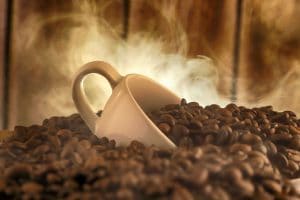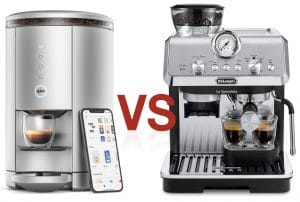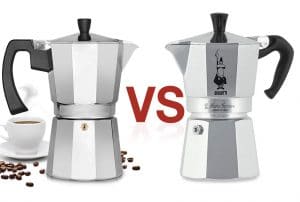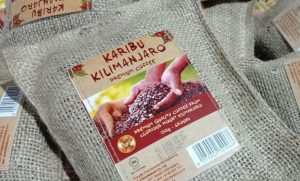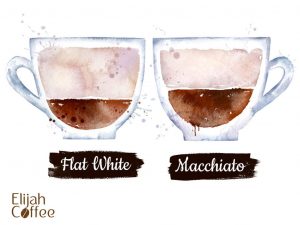Some people love to drink their coffee black, others enjoy it with a splash of milk, and many cannot drink theirs without a dash of sugar, syrup, or sweetener. Whether you usually love to add a spoon of sugar, a sweetener, or flavored syrup in your coffee, you may wonder about adding brown sugar into your morning brew.
Brown sugar is one of the most popular sweetening additions to coffee, however, some people may just be used to adding traditional white sugar.
Does brown sugar in coffee taste good?
Brown sugar adds more to your coffee than just a sweet taste. Compared to white sugar, it gives a more complex and nuanced flavor that blends perfectly into your morning cup. The molasses in the brown sugar gives it a deeper and richer flavor. Your coffee will taste richer and smoother and will look darker due to the qualities of brown sugar.
Brown sugar is more often used in coffee than it is in tea. So, if you are a coffee lover that enjoys a sweeter brew, why not try it tomorrow morning?
Brown sugar is also better for you than white sugar as it contains a higher mineral content because of the molasses. It offers potassium, calcium, magnesium, and titanium, none of which are available in white sugar.
Is brown sugar better than white sugar in coffee?
Brown sugar has a richer, earthier flavor than white sugar due to the molasses content. Some people argue that it complements the flavor of coffee better than white sugar and it adds a deeper and more complex level of flavor. White sugar just adds sweetness, whereas brown sugar adds a depth of rich flavor.
White sugar is more processed than brown sugar too as it has had the molasses content stripped out of it. Brown sugar is made by stopping the production process slightly earlier where some molasses content remains.
Is brown sugar healthier than white sugar?
While brown sugar may offer a better flavor compared to white sugar, it does not offer any real nutritional benefits. It contains ninety-five percent sucrose and five percent molasses. The molasses adds flavor and moistness to the brown sugar, but no nutritional benefits compared to white.
Brown sugar still has the same health risks that are associated with white sugar and you should still limit your intake. It is also not recommended for those with diabetes nor is it recommended to aid in weight loss.
How many calories are there in brown sugar?
A single cup of coffee consists of about one or two calories. Espresso is generally considered to be healthy as long as you do not consume more than the recommended amount every day. However, when you start to add sugar and syrups the calorie content grows.
In one tablespoon of four grams of white sugar, there are about sixteen calories, compared to about seventeen calories in a tablespoon of brown sugar. The more sugar you add, the more the calories of your morning coffee will build. However, even a cup of coffee with a tablespoon of sugar contains less than a soda which can contain up to thirty grams of sugar in three hundred milliliters or about one hundred and forty calories.
How is brown sugar produced?
All types of sugar usually come from two sources including cane and beet sugar. Both cane and beet contain a high level of sucrose that is used in the production process of commercial sugar. First, the cane and beet are pressed so that the juice can be extracted. Then the juice is boiled down into a reduction that is then put in a centrifuge to crystalize the sugars.
The process is the same for either cane or beet sugar. The sugar crystals are then usually combined with molasses and sucrose. Brown sugar contains molasses while white sugar does not. Raw sugar can be defined as an original mix of sugar and molasses.
Is brown sugar the same thing as raw sugar?
This is a wide misconception, brown sugar is not the same as raw sugar. Compared to brown and white sugar, raw sugar is not refined or partially refined. Molasses is added to brown sugar while raw sugar contains residues of molasses even after the initial refining process.
The crystals of sucrose in raw sugar are bigger, rougher, and harder than traditional brown sugar. To make the sugar, farmers usually polish the raw sugar form by adding molasses to keep the brown sugar soft and moist.
Many sugar producers now tend to add molasses back into white-processed sugar rather than leaving it in during the process. This enables them to adapt and monitor the texture and color of the sugar crystals. Because brown sugar is used for a variety of cooking methods, consumers like to have the option of a range of brown sugars.
What are the different types of brown sugar?
Light-brown sugar
Light-brown sugar is a natural form of sugar that has gone through a manufacturing process to make it into white sugar, it has then had some molasses reintroduced for additional flavor.
It contains about three percent molasses and has a light flavor and soft texture and color. It is easily available and perfect for baking as well as for adding to your morning coffee.
Dark-brown sugar
Medium or dark brown sugar is made in the same way as light-brown sugar. It is processed and made into white sugar and then has the molasses reintroduced. Traditional dark brown sugar contains up to six percent molasses. It is perfect for recipes that require an intense and rich taste and a dark color.
What does brown sugar taste like in coffee?
Many people say that brown sugar compliments the taste of coffee and it can be added to all of your most-loved coffee drinks whether you love iced coffee, an americano, or a cappuccino. Brown sugar in coffee offers a natural, rich taste compared to white sugar.








